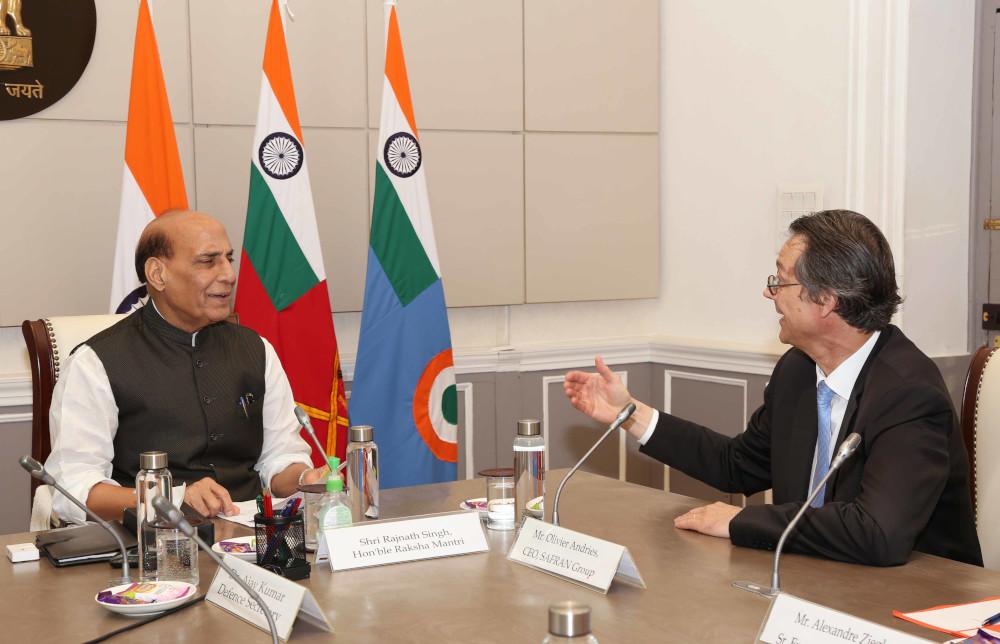Safran To Set Up MRO Facility In India

Safran has ambitious plans of expanding its roots in India with a $150 million MRO facility for the overhaul of LEAP-1A and LEAP-1B engines.
The facility will be established in the city of Hyderabad in southern India and is expected to create around 500 to 600 highly skilled jobs, with the initial capacity to overhaul 250 engines annually.
The Safran Group CEO Olivier Andries met India’s Minister of Defense, Rajnath Singh, along with a high-level delegation to discuss the details of this strategic partnership earlier this week.
During the meeting, Andries outlined Safran’s long-term plans for the co-development and co-production of advanced aircraft engines and the transfer of technology by the existing policy of India.
Two Safran subsidiaries, Safran Aircraft Engines and Safran Electrical & Power India, will commence operations in Hyderabad later this week.
Safran Electrical & Power India will produce harnesses for civil and fighter jets while the former will produce parts and components for advanced aircraft engines, including rotating seals.
In addition, Safran plans to set up a joint venture with Hindustan Aeronautics (HAL) in Bengaluru, which will operate as Safran-HAL Aircraft Engines. The JV will produce rigid piping for aircraft and helicopter engines, and is expected to hire 160 new highly skilled personnel.
Singh welcomed Safran’s moves to expand its operations and emphasized the importance of this strategic partnership.
Safran currently supplies M88 engines for the Indian Air Force’s recently acquired 26 Rafale multi-role fighters, and it is also India’s number one helicopter engine supplier.
“We are a big market. However, we are increasingly focused on making in India for competitively addressing the needs and supplying to friendly foreign countries," Singh says. "You can leverage all the competitive advantages India offers, including the cost advantages and availability of trained manpower."




